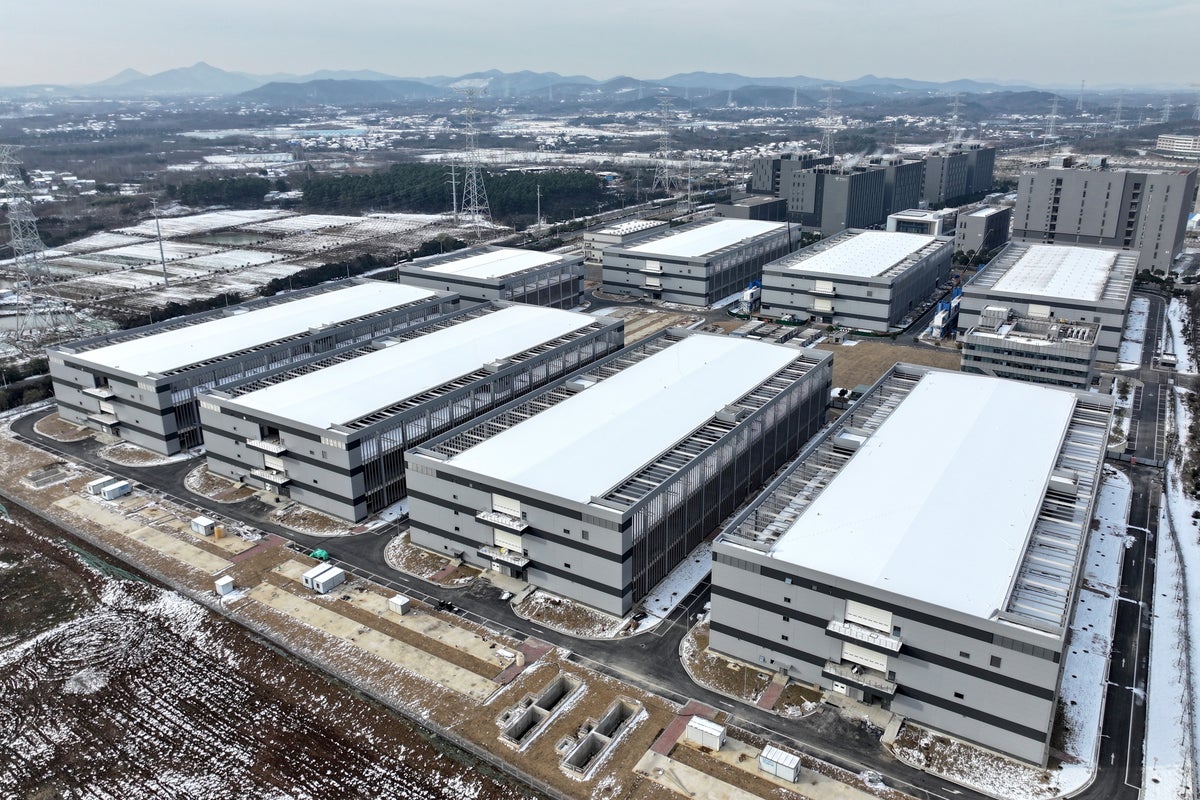AI Projected to Double Energy Demand in Data Centers by 2030

Increasing Energy Demand from Data Centers
Data centers are crucial components of our digital infrastructure, playing a significant role in processing and storing vast amounts of data. Recent projections indicate that the energy consumption of data centers will more than double by 2030, primarily due to the increasing demands generated by Artificial Intelligence (AI).
Current Energy Usage Statistics
According to a recent report from the International Energy Agency (IEA), data centers were responsible for approximately 1.5% of the global electricity usage in 2024. This consumption is predicted to rise to around 945 terawatt-hours (TWh) by 2030—roughly equal to Japan’s entire annual electricity consumption. In comparison, these facilities used 415 TWh in 2024.
Projected Growth
- 2024 Energy Consumption: 415 TWh
- 2030 Projected Consumption: 945 TWh
- Percentage of Global Electricity Consumption (2024): 1.5%
- Expected Increase: More than double by 2030
Factors Contributing to Increased Energy Usage
The main factor driving this increase is the rising utilization of AI technologies within data centers. The IEA’s research indicates that servers dedicated to AI tasks accounted for 24% of the servers’ electricity demand and 15% of the overall energy usage of data centers in 2024. Researchers believe these figures may actually be underestimated. Alex de Vries, an expert from VU Amsterdam, highlighted that the agency’s findings could be vague regarding AI’s precise energy requirements.
Despite uncertainties, de Vries emphasizes the importance of recognizing the substantial electricity consumption from data centers, which collectively account for a significant fraction of global energy use.
Geographic Energy Consumption Distribution
The report also highlights the geographical distribution of electricity consumption from data centers:
- US, Europe, and China: Responsible for about 85% of current energy consumption.
- Developing Economies: Expected to account for around 5% of the growth in consumption by 2030.
- Advanced Economies: Projected to contribute more than 20% of the total increase.
Infrastructure Responses to Rising Demand
To accommodate the anticipated growth in energy demand, many countries are actively working to enhance their power infrastructure. This includes constructing new power plants and improving electricity grids. However, the IEA has noted that about 20% of newly planned data centers might experience delays in being connected to the grid.
Environmental Implications
As the energy demand from data centers increases, the potential impact on climate goals becomes a concern. Although two-thirds of new electricity supply is expected to come from renewable resources, there are also plans for new natural gas-fired plants, indicating continued reliance on fossil fuels. This dual approach raises questions about the sustainability of future data center operations.
Localized Electricity Strain
It’s also noteworthy that energy consumption does not grow evenly across different regions. Data centers are often constructed in concentrated areas, which could lead to significant stress on local electricity infrastructures. The IEA cautions that this clustering of energy demand might create challenges in meeting future electricity needs without overwhelming local grid systems.
Future Perspectives
Looking ahead, the future energy needs of data centers will largely depend on the level of AI adoption and other technological innovations. Further research and planning will be essential to ensure that these facilities can operate sustainably while meeting the growing demands of a digital world. Understanding the complexities of energy consumption within the data center landscape will be critical to navigating potential challenges in the years to come.





